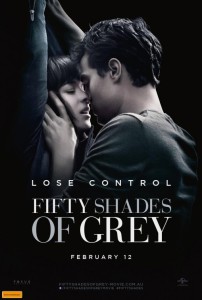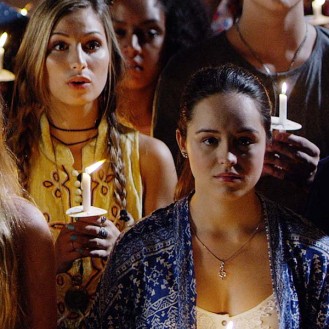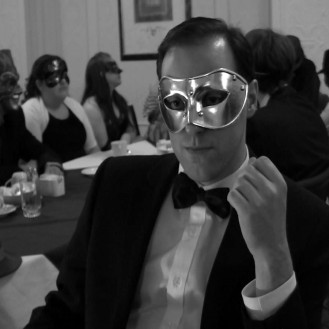Like its source material, the film adaptation of E.L. James’ Fifty Shades of Grey has taken quite a bit of flak for its tantalizing portrayal of abusive relationships. The film reeks of misogyny, but that’s only half the problem. While Sam Taylor-Johnson’s film resists some of the moral haziness of the book’s gender politics, it does so half-heartedly.
Given the book’s start as Twilight fan-fiction, it’s not surprising how the film’s narrative plays out: young college student Anastasia “Ana” Steele (Dakota Johnson) is seduced by the alluring and manipulative entrepreneuer Christian Grey (Jamie Dornan). The two share an instant connection, although not in a typical romantic sense. Christian is a sadomasochist: he derives pleasure from committing acts of violence against his sexual partner (with consent, of course).
Here, the film becomes a battle of the sexes, where Christian and Ana each try to achieve dominance over the other. The former attempts to manipulate and regulate Ana’s day-to-day activities (even following her on a benign family visit to Georgia), while the latter challenges Christian’s authority and “singular tastes,” eventually rejecting them outright.
Both Johnson and Dornan lack the chemistry and charisma to anchor the film. Kelly Marcel’s screenplay deserves some of the blame, for she only lays out a few vague clues as to their thinly-defined and often confusing motivations and traits.
Similarly, the film’s own motivations are murky. Under Taylor-Johnson’s ambivalent direction, the film alternates between a glorified (if sanitized) depiction of BDSM and a critique of the rampant sexism in the book. For instance, it’s not hard to interpret the use of Annie Lennox’s rendition of “I Put a Spell on You” that plays over the opening credits as a commentary on Christian’s controlling nature. But the film is uncertain about its own goals. It conveniently abandons that commentary half-way, leaving it open to a fairly passive representation of the sexual and psychological abuse of women.
Aside from Seamus McGarvey’s stunning cinematography and the intelligently compiled soundtrack, nothing else really seems to fully cohere in Fifty Shades of Grey. Whether fans of the source material will find the same sexual gratification with the film is hard to say, but non-fans should probably avoid it.





Be the first to comment